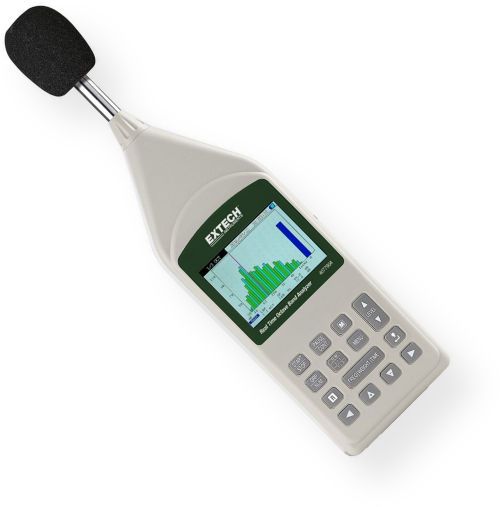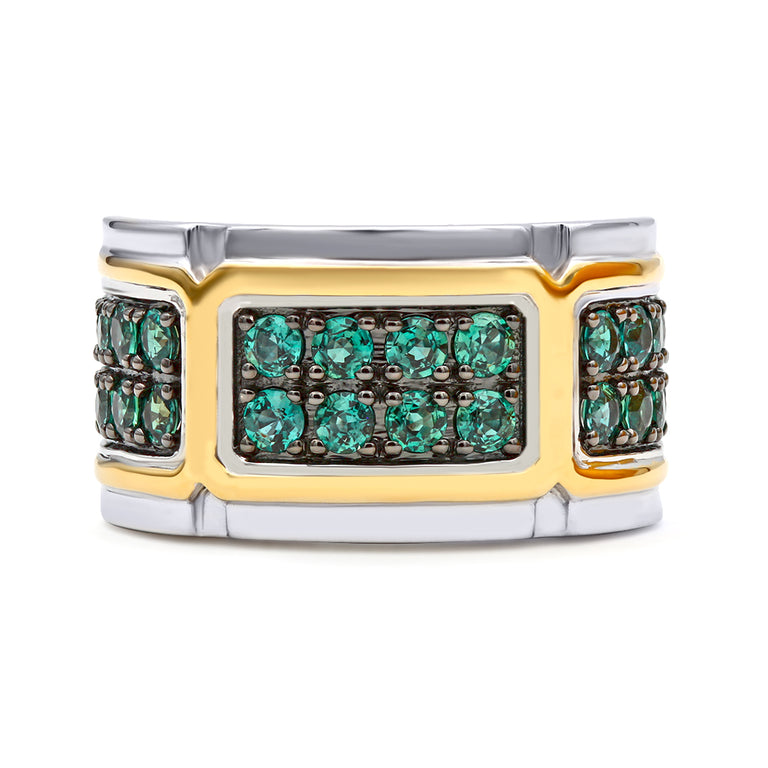

Time WeightingĪveraging successive measurements tends to improve measurement accuracy. In addition, hearing protection devices are rated by their overall attenuation and specific attenuation in one-third octave bands up to 8 kHz. This is why it is widely used in describing occupational and environmental noise. Occupational Safety and Health Administration (OSHA) found that A-weighting gives a better estimation of the threat to human hearing than other weighting filters. While it is no longer considered the ideal frequency weighting, it is the most common legally required standard for almost all such measurements. In the A-weighting scale, the sound pressure levels for the lower-frequency bands and high-frequency bands are reduced by certain amounts before they are combined to give one single sound pressure level value.Ī-weighting, thought to mimic human hearing responses to acoustical signals, is based on historical equal-loudness contours. The human sense of hearing responds differently to different frequencies and does not perceive sound equally.Ī-weighting is the most commonly used of a family of curves defined by ANSI and IEC standards for sound-level measurement ( Figure 1). Various averaging and weighting techniques are used to correlate this basic measurement with the subjective evaluation of sound by the human ear. Data acquisition hardware based on 24-bit ADCs offers a dynamic range from 100 to 120 dB(A), which means that the ear, microphone, and instrumentation are matched. Anti-aliasing filters minimize the interference between an input signal and the sampling process that creates aliased frequency components of the input signal. Modern data acquisition instruments for acoustic measurements use 24-bit analog-to-digital converters (ADCs) with anti-aliasing filters, which are required for conformance with octave-band and fractional-octave-band analog and digital filter standards. The human ear in normal circumstances can perceive a difference of 3 dB. The most effective microphones provide a tolerance of no more than 1 dB from 2 kHz to 4 kHz, which doesn't sound like much but, in linear units, this is about 12%. Type 0 and Type 1, preferred for accurate and repeatable measurements, have the best tolerances for frequency range and decibel variation comparable to the ear. The dynamic range of the human ear is from the threshold of hearing or a sound pressure level of 0 dB(A) to the threshold of pain around 130 dB(A). Measurement-grade microphones are different from typical recording-studio microphones because they offer a flat frequency response and can provide a detailed calibration for their response and sensitivity.Ī dynamic range of 130 dB(A) is common.

The most common sensor used for acoustic measurements is the microphone with accelerometers preferred for vibration. Sound-level measurements and instrumentation systems feature three components: sensors, data acquisition, and analysis. To produce results related to this human perception, sound levels are expressed in decibels (dB), and frequency content is measured with a logarithmic scale. Like most human sense organs, the ear exhibits a response based on a logarithmic scale for both level and frequency. Although there are other measures such as loudness for the subjective human perception of sound, octave analysis remains a common choice for steady-state signals. Octave analysis filters the signal and measures the energy at the output to provide useful frequency information.

Sound-level measurements offer a conventional way to measure sound but do not contain frequency information, making it difficult to compare different sounds or vibration.


 0 kommentar(er)
0 kommentar(er)
